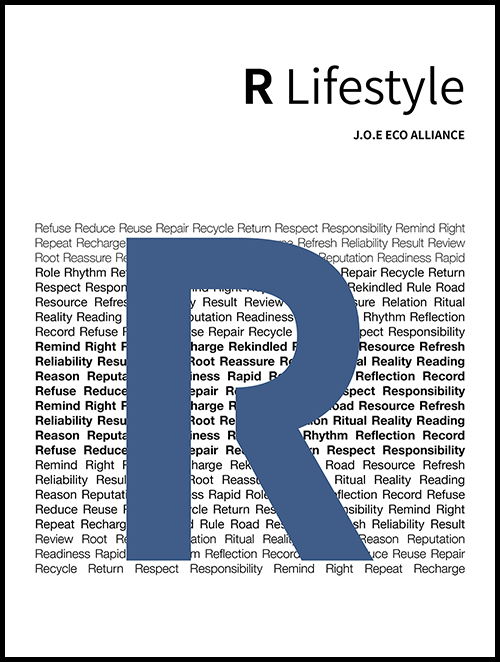Sea level could rise by more than 1 metre by 2100 if emission targets are not met
过百名国际专家参与由南洋理工大学领衔的最新研究显示,若无法实现全球减排目标,海平面到了2100年或上升超过一米,到2300年甚至升高五米。
新加坡多达三分之一地区的海拔高出平均海平面不到五米。也就是说,如果全球变暖的速度无法减缓,我们的后代将面临陆地面积缩小至少33%的危机。
这份研究综合了世界各地的106名活跃在海平面科学研究的专家意见和研究成果,他们将海平面上升的预测分为低碳排放和高排放两种情况。
通俗来说,碳排放的多寡一定程度上决定了全球温度上升的程度,温度上升又导致冰川融化与海水受热膨胀,加剧海平面上升。
即便各国达到《巴黎协定》中的减排承诺,将全球变暖限制在比工业化前水平高2摄氏度的情况下,专家估计,海平面到2100年将上升0.5米,到2300年上升0.5至两米。
在高排放情况下,全球变暖4.5摄氏度,到了2100年,海平面上升幅度将为0.6至1.3米。到2300年,上升幅度更达到1.7至5.6米。
由南大与全球五所大学及研究机构合作的研究报告前天(8日)刊登在国际期刊《气候与大气科学》。
气候变化专家将格陵兰和南极冰盖,确定为最大的不确定性来源。这些冰盖是气候变化和海平面上升的重要指标。基于卫星的测量结果表明,冰盖正在加速融化,但专家指出,成功减少排放量可以限制海平面上升的幅度和影响。
气象署今年3月发布的2019年常年气候评估报告提及,由于冰盖融化引起的两极引力减弱,格陵兰岛和南极冰盖周围的海平面下降,海水反而会被吸向赤道地区,导致新加坡等赤道地区的海平面会比其他地区高出三成。
美国威斯康辛大学麦迪逊分校地球科学教授安德丽亚(Dr Andrea Dutton)表示:“这项研究的主要成果是,我们今天的行动可以对我们的海岸线未来将退缩多少产生深远的影响。这些知识可以增强力量,因为这意味着我们可以通过行动来选择更好的结果。”
An international study led by Nanyang Technological University, Singapore (NTU Singapore) scientists found that the global mean sea-level rise could exceed 1 metre by 2100 and 5 metres by 2300 if global targets on emissions are not achieved.
The study used projections by more than 100 international experts for the global mean sea-level changes under two climate scenarios – low and high emissions. By surveying a wide range of leaders in the field, the study offers broader assurance about its projections for the ranges of future sea-level rise.
In a scenario where global warming is limited to 2 degree Celsius above pre-industrial levels, the experts estimated a rise of 0.5 metres by 2100 and 0.5 to 2 metres by 2300. In a high-emissions scenario with 4.5 degree Celsius of warming, the experts estimated a larger rise of 0.6 to 1.3 metres by 2100 and 1.7 to 5.6 metres by 2300.
Professor Benjamin Horton, Acting Chair of NTU’s Asian School of the Environment, who led the survey, said that sea-level rise projections and knowledge of their uncertainties are vital to make informed mitigation and adaptation decisions.
Prof Horton said, “The complexity of sea-level projections, and the sheer amount of relevant scientific publications, make it difficult for policymakers to get an overview of the state of the science. To obtain this overview, it is useful to survey leading experts on the expected sea-level rise, which provides a broader picture of future scenarios and informs policymakers so they can prepare necessary measures.”
Published in Nature Partner Journals Climate and Atmospheric Science on 8 May, the projections of sea-level rise exceed previous estimates by the International Panel on Climate Change (IPCC).
The NTU-led international study was a collaboration with researchers from The University of Hong Kong, Maynooth University (Ireland), Durham University (UK), Rowan University (USA), Tufts University (USA), and the Potsdam Institute for Climate Impact Research (Germany).
“We know that the planet will see additional sea-level rise in the future,” says co-author Dr Andra Garner, Assistant Professor of Environmental Science at Rowan University in the United States of America. “But there are stark differences in the amount of sea-level rise experts project for low emissions compared to high emissions. This provides a great deal of hope for the future, as well as a strong motivation to act now to avoid the more severe impacts of rising sea levels.”
“This international study is based on the informed opinions of 106 sea-level experts and underlines the critical importance of pursuing a low emissions policy to limit sea-level rise,” says Dr Niamh Cahill, Assistant Professor in the Dept of Mathematics and Statistics at Maynooth University in Ireland.
The 106 experts who participated in the survey were chosen as they were among the most active publishers of scientific sea-level studies (at least six published papers in peer-reviewed journals since 2014) identified from a leading publication database.
In response to open-ended questions, the climate change experts identified the Greenland and Antarctic Ice Sheets as the greatest sources of uncertainty. These ice sheets are an important indicator of climate change and driver of sea-level rise. Satellite-based measurements show the ice sheets are melting at an accelerating rate. However, the experts also noted that the magnitude and impact of sea-level rise can be limited by successfully reducing emissions.
Dr Andrea Dutton, Professor in the Department of Geoscience at the University of Wisconsin-Madison, who is not involved in this study, says, “One of the key take-aways from this study is that our actions today can make a profound difference in how much our coastlines will retreat in the future. That knowledge is empowering because it means that we can choose a better outcome through our actions.”
Source: Zaobao / NTU News Hub








